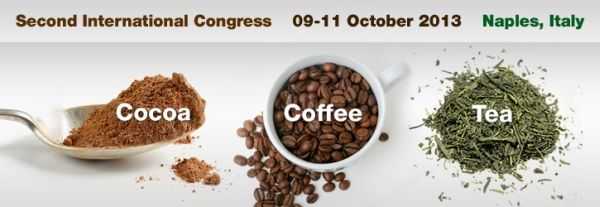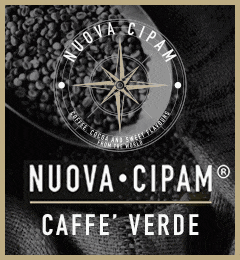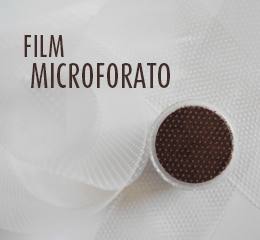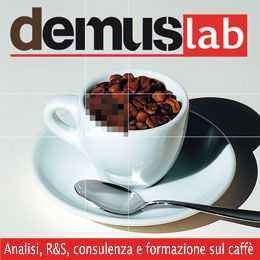Milev B.1, Patras M.1, Vrancken G.2, Bernaert H.2, Kuhnert N.1 1 School of Engineering and Science, Jacobs University Bremen, Bremen, Germany. 2 Barry Callebaut N.V., Lebbeke-Wieze, Belgium. E-mail: b.milev@jacobs-university.de
Color is an important characteristic of cocoa and appears to be dependent not only on the production parameters, but also on the geographical origin of the beans [1]. It is known that both factors can have a large influence on the phenolic profile of the cocoa beans [2]. We have investigated the chemical composition and its relation to the color of cocoa bean samples from Ivory Coast and Cameroon using LC-ESI-MS/MS, LC-ESI-TOF, ESI-FTICR and preparative HPLC fractionation.
The data were compared by PCA statistical analysis and data representation methods like Kendrik and Van Krevelen diagrams, used otherwise in petrochemical analysis.
Several unreported compounds were found and their structures were elucidated by MSn fragmentation experiments. Furthermore, the pH effect and the effect of copigmentation in aqeousmethanolic cocoa extracts were investigated by UV absorption measurements by methods used in analysis of winecolor [3].
A large part of the color development appears to be a result of many different structurally related monomeric and oligomeric compounds from the class of flavonoids and interactions between them.
References
[1] Krysiak, W. et al. Factorsaffectingthecolorofroastedcocoabean. J Food Qual. 2013, 36, 21-31
[2] Wollgast, J. et al. Review on polyphenols in Theobromacacao: Changes in compositionduringthemanufactureofchocolateandmethodologyforidentificationandquantification. Food Res Int. 2000, 33, 423-447
[3] Darias-Martin, J. et al. The magnitudeofcopigmentation in thecolourofagedredwinesmade in thecanaryislands. Eur. Food Res. and Tech. 2007, 224, 643-648















